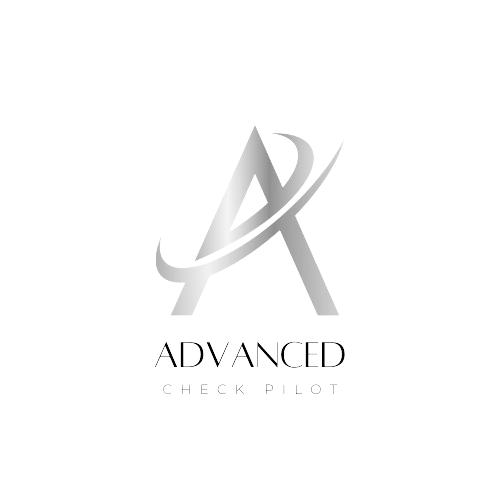Blog
Crucial PPL Navigation Vocabulary for Your Aviation Expedition
- March 5, 2024
- Posted by: admin2139
- Category: Education

To grasp the fundamentals of aviation navigation, it’s imperative to master key terms necessary for your Private Pilot License (PPL). From unraveling the complexities of longitude and latitude to comprehending the significance of concepts like airspeed and ground speed, these terms are the building blocks of effective flight planning and execution. Whether you’re navigating along a meridian or calculating wind velocity to adjust for drift, a thorough understanding of these terms is essential for ensuring safe and successful flights. Let’s delve into these essential definitions to equip yourself with the knowledge required to confidently navigate the skies during your pursuit of a PPL.
Aviation Terminology Meridian: A longitudinal line extending from the North Pole to the South Pole on the Earth’s surface.
Prime Meridian: The meridian marked as 0° longitude, serving as the reference point for measuring other longitudes, passing through Greenwich, England.
Longitude: Angular distance east or west of the Prime Meridian, measured in degrees.
Equator: The imaginary line encircling the Earth midway between the poles, dividing it into the Northern and Southern Hemispheres, with a latitude of 0°. Latitude: Angular distance north or south of the Equator, measured in degrees.
Rhumb Line/Great Circle: A rhumb line crosses all meridians of longitude at the same angle, while a great circle is the largest circle that can be drawn on the surface of a sphere.
Variation: The angular difference between true north and magnetic north at a specific location. Isogonal: A line on a map connecting points of equal magnetic variation.
Agonic Line: A line on the Earth’s surface where magnetic north and true north align, resulting in no magnetic variation.
Deviation: The error in a magnetic compass reading caused by magnetic influences within an aircraft or vessel.
Track: The actual path covered by an aircraft or vessel over the ground, often represented as a series of points or a line on a map.
Heading: The direction in which an aircraft or vessel points or is intended to travel, usually expressed as an angle relative to a reference point, such as true north.
Airspeed: The speed of an aircraft relative to the air mass through which it moves.
Ground Speed: The speed of an aircraft or vessel relative to the Earth’s surface.
Air Position: The geographic position of an aircraft relative to the Earth’s surface, typically determined using navigation instruments.
Ground Position: The geographic position of an aircraft or vessel relative to the Earth’s surface, determined by navigation instruments or visual landmarks.
Bearing: The direction from one point to another, usually expressed as an angle measured clockwise from a reference point, such as true north.
Wind Velocity: The speed and direction of the wind, typically measured at a specific location and altitude.
Drift: The horizontal displacement of an aircraft or vessel caused by wind or current.
In conclusion, acquainting yourself with these PPL words and terms is not only essential but also empowering as you venture into the realm of obtaining a Private Pilot License. These concepts form the bedrock for secure and prosperous flight operations, enabling you to navigate the skies with confidence and precision. By mastering these pivotal definitions, you’ll not only meet the PPL requirements but also cultivate the skills and knowledge essential for a rewarding career in aviation.
